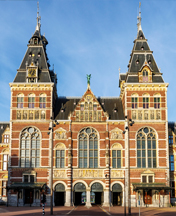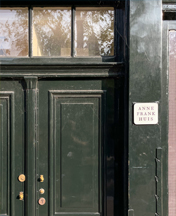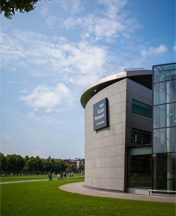Amsterdam’s history dates to the 12th century when it began as a small fishing village along the banks of the Amstel River. The city’s name comes from the river and the dam that was built to control its flow, creating the settlement known as “Aemstelledamme.” The city quickly rose to prominence due to its strategic location, providing easy access to trade routes across Europe. In the 17th century, Amsterdam experienced its "Golden Age" and became one of the wealthiest and most powerful cities in the world. The Dutch East India Company, the world’s first multinational corporation, played a key role in the city's prosperity, establishing trade links around the globe. During this period, the city expanded its famous canal system, creating the elegant "Grachtengordel" or Canal Ring, which continues to define the city’s urban landscape today. The canal houses, with their narrow facades and distinctive gables, were built during this time as homes and warehouses for wealthy merchants. Amsterdam has long been known as a centre of artistic and intellectual innovation. During the Golden Age, artists like Rembrandt, Johannes Vermeer, and Frans Hals produced some of the most famous works in European art history, many of which are now housed in the Rijksmuseum. The city also became a refuge for thinkers and writers, known for its progressive and tolerant attitude towards freedom of expression and religion. In the 20th century, Amsterdam endured the devastation of World War II. The city's Jewish population was decimated during the Holocaust, and the Anne Frank House remains a powerful symbol of this tragic chapter in history. After the war, Amsterdam underwent significant rebuilding and modernization while preserving its historical character. Today, Amsterdam is a vibrant, multicultural metropolis that attracts visitors from all over the world. Known for its open-mindedness, the city continues to lead in areas of social progress, design, and sustainability. Despite its evolution into a modern city, Amsterdam’s canals, museums, and centuries-old buildings are a reminder of its long and fascinating history.















